As parents ourselves, we know that choosing how to introduce solids to your baby can feel overwhelming. Between conflicting advice from well-meaning relatives and endless online debates, it's easy to second-guess every decision. That's why we've created this comprehensive guide to help you navigate baby-led weaning (BLW) and spoon-fed weaning (SFW) with confidence.
We've walked this journey with our own little ones, and we understand the mix of excitement and anxiety that comes with this milestone. Our goal isn't to tell you which method is "right" because honestly, the right method is the one that works for your family. Instead, we'll give you the information you need to make the choice that feels best for you and your baby.
What Is Weaning?
Weaning is one of those parenting milestones that feels both exciting and terrifying. It's the beautiful (and messy!) transition from your baby's exclusive diet of breast milk or formula to exploring the wonderful world of solid foods. Think of it as your little one's first step toward independence at the dinner table.
The World Health Organization recommends starting around 6 months, when most babies begin showing those telltale signs of readiness: sitting up, losing that tongue-thrust reflex that pushes everything back out, and giving you those curious "I want what you're eating" looks during family meals.
Baby-Led Weaning (BLW): A Developmentally Driven Approach
Key Characteristics
- Your baby takes the lead from day one
- Whole, graspable foods instead of purées
- Encourages natural motor coordination and independence
- Trusts your baby's innate ability to self-regulate
Pros of BLW
Promotes Autonomy: Babies control how much they eat, encouraging self-regulation.
Developmental Advantages: Supports hand-eye coordination, chewing skills, and sensory exploration.
Shared Mealtime: Babies join family meals, enhancing social learning.
Reduced Picky Eating: Exposure to diverse textures and flavors from day one.
Cons of BLW
- Mess Factor: Expect more cleanup after meals.
- Uncertainty About Intake: Harder to monitor exact food quantity consumed.
- Anxiety Over Choking: While gagging is common, parents may misinterpret it as danger.
- Nutrient Vigilance Needed: Iron and zinc-rich foods must be included purposefully.
Ideal Foods for BLW
- Steamed carrot sticks (soft enough to mash with your tongue)
- Avocado slices (nature's perfect first food!)
- Soft-cooked broccoli florets
- Banana spears
- Scrambled egg strips
- Soft-cooked lentil patties
Spoon-Fed Weaning (SFW): A Structured Start
Key Characteristics
- Parent-led feeding using a spoon
- Typically begins with smooth purées
- Offers more control over food type and quantity
- Follows a traditional, gradual approach
Pros of SFW
- Measured Nutrition: Easier to track intake of iron, calories, and other key nutrients.
- Parent Comfort: Reduces initial fears of choking.
- Clean and Controlled: Less mess, fewer surprises.
- Earlier Start Possible: Can begin slightly before 6 months with medical advice.
Cons of SFW
- Delayed Chewing Skills: Over-reliance on smooth textures may delay oral motor development.
- Reduced Autonomy: Babies may become passive feeders.
- Slower Texture Progression: Aversion to lumps may develop if not introduced early.
Common Spoon-Fed Foods
- Iron-rich cereals
- Sweet potato purée
- Pear and apple mash
- Butternut squash purée
- Blended lentils and peas
Nutritional Considerations: Iron, Texture, and Timing
Here's something that might surprise you: between 6-12 months, your baby's iron stores start running low. This makes every meal an opportunity to boost their iron intake, regardless of which weaning method you choose.
Iron-Rich Foods:
- Lentils (amazingly versatile!)
- Tofu
- Eggs
- Beef or dark poultry meat
- Iron-fortified cereals
The texture journey is equally important. Whether you start with finger foods or purées, the goal is to progress to more complex textures by 9-10 months.
Safety & Choking: Facts vs. Fears
Let's address the elephant in the room: choking fears. It's completely natural to worry, but understanding the facts can help ease your anxiety.
Gagging is normal and protective: It's your baby's built-in safety mechanism. Choking is rare but serious: it's silent and requires immediate intervention.
Golden Safety Rules:
- Always supervise meals
- Ensure baby sits upright
- Prepare foods appropriately (soft, finger-length pieces)
- Never leave your baby unattended while eating
Foods to Avoid (Choking Hazards):
- Whole grapes (cut them lengthwise!)
- Raw apple slices
- Whole nuts
- Hard, raw carrots
- Sticky foods like chunks of peanut butter
Combination Weaning: The Best of Both Worlds
Here's a secret: you don't have to choose just one method! Many families find their sweet spot with combination feeding:
- Start with some spoon-fed purées while offering soft finger foods on the side
- Let baby self-feed when they show interest, even during primarily spoon-fed meals
- Use purées for nutrients you're concerned about, finger foods for exploration
- Adapt based on your baby's preferences and development
This hybrid approach gives you nutritional peace of mind while supporting your baby's natural development and curiosity.
Which Weaning Method Is Best for Your Baby?
The truth? The best method is the one that works for your unique situation. Consider:
Your Baby's Personality: Some babies are natural explorers who dive right into finger foods. Others prefer a gentler, more gradual approach.
Your Comfort Level: Your anxiety affects your baby. Choose the method that lets you feel confident and relaxed during meals.
Practical Considerations: Account for your schedule, living situation, and support system.
Medical Factors: Some babies have specific nutritional needs that might influence your choice.
Remember: this isn't a permanent decision. You can always adjust your approach as your baby grows and develops.
Expert Recommendations and Final Thoughts
- Start slow and stay flexible. Every baby progresses at their own pace.
- Nutrient-dense meals are key. Whether using a spoon or finger foods, iron and protein matter most.
- Watch, don’t rush. Babies communicate fullness and interest, so follow their lead.
- Experiment with textures and flavours. Exposure leads to acceptance.
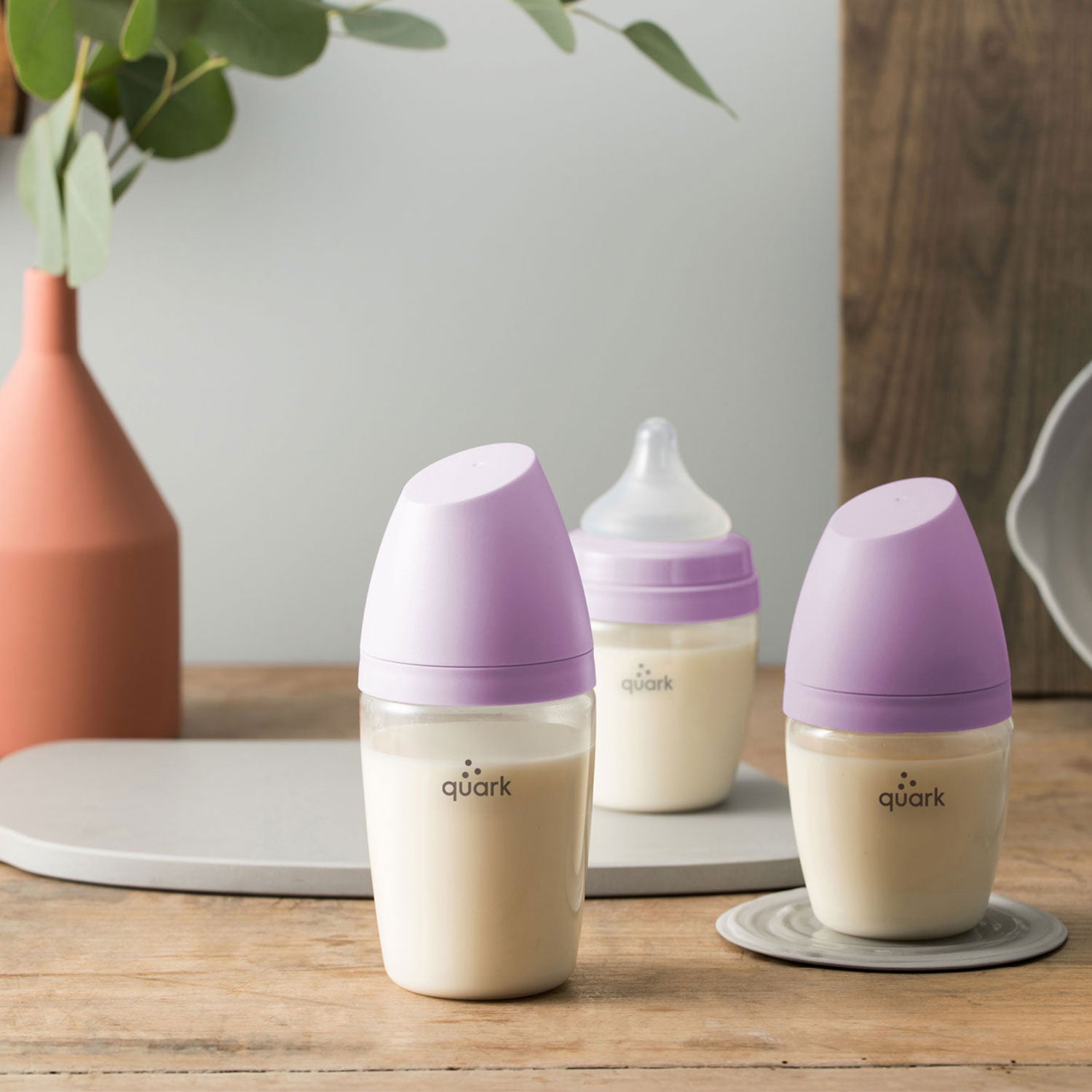


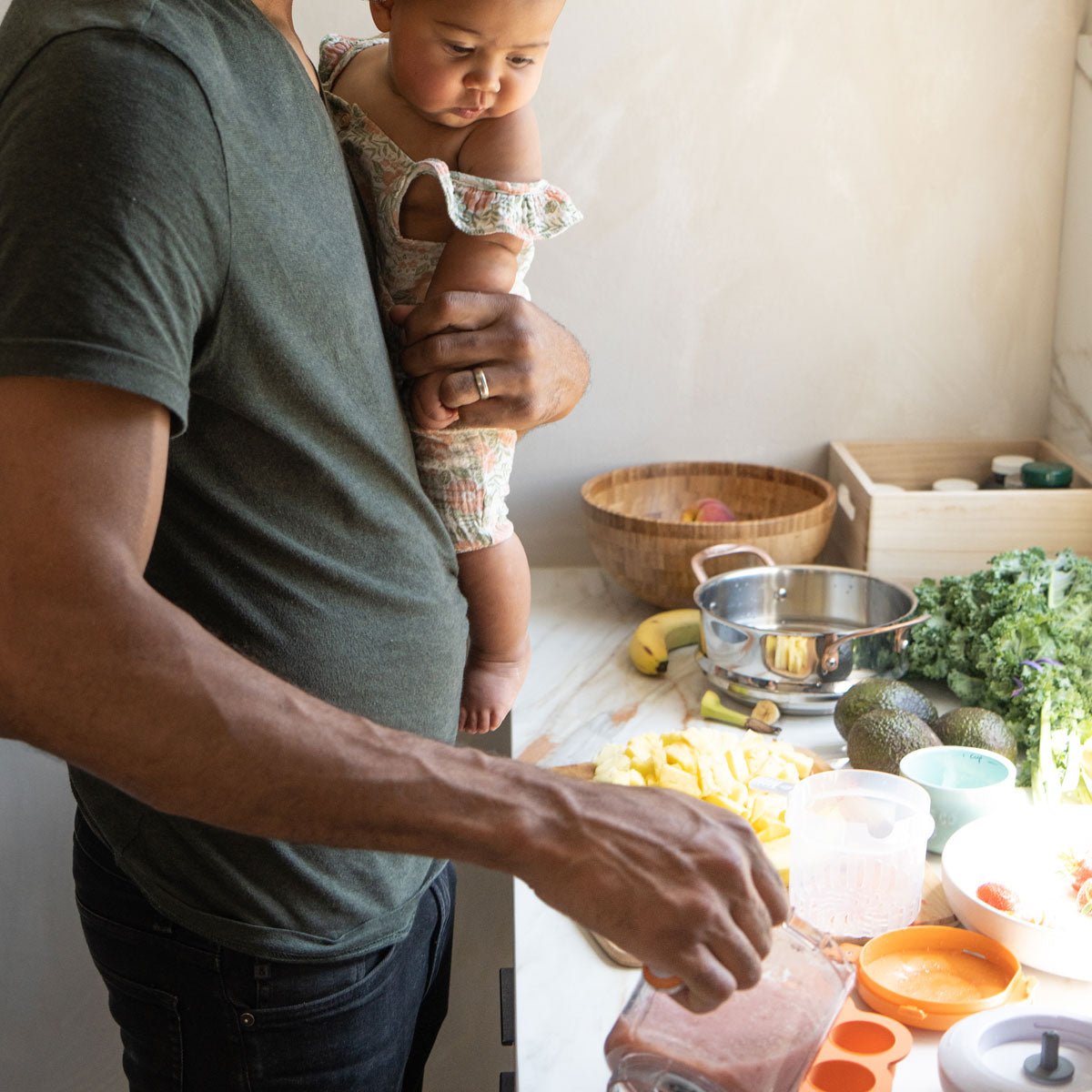

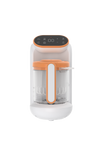
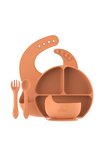
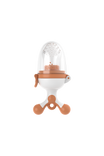
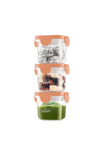
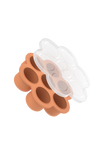
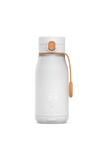
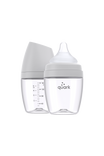
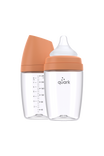
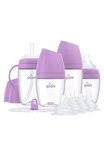
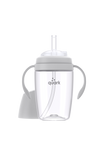
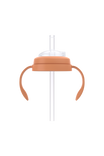
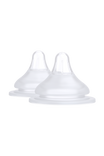


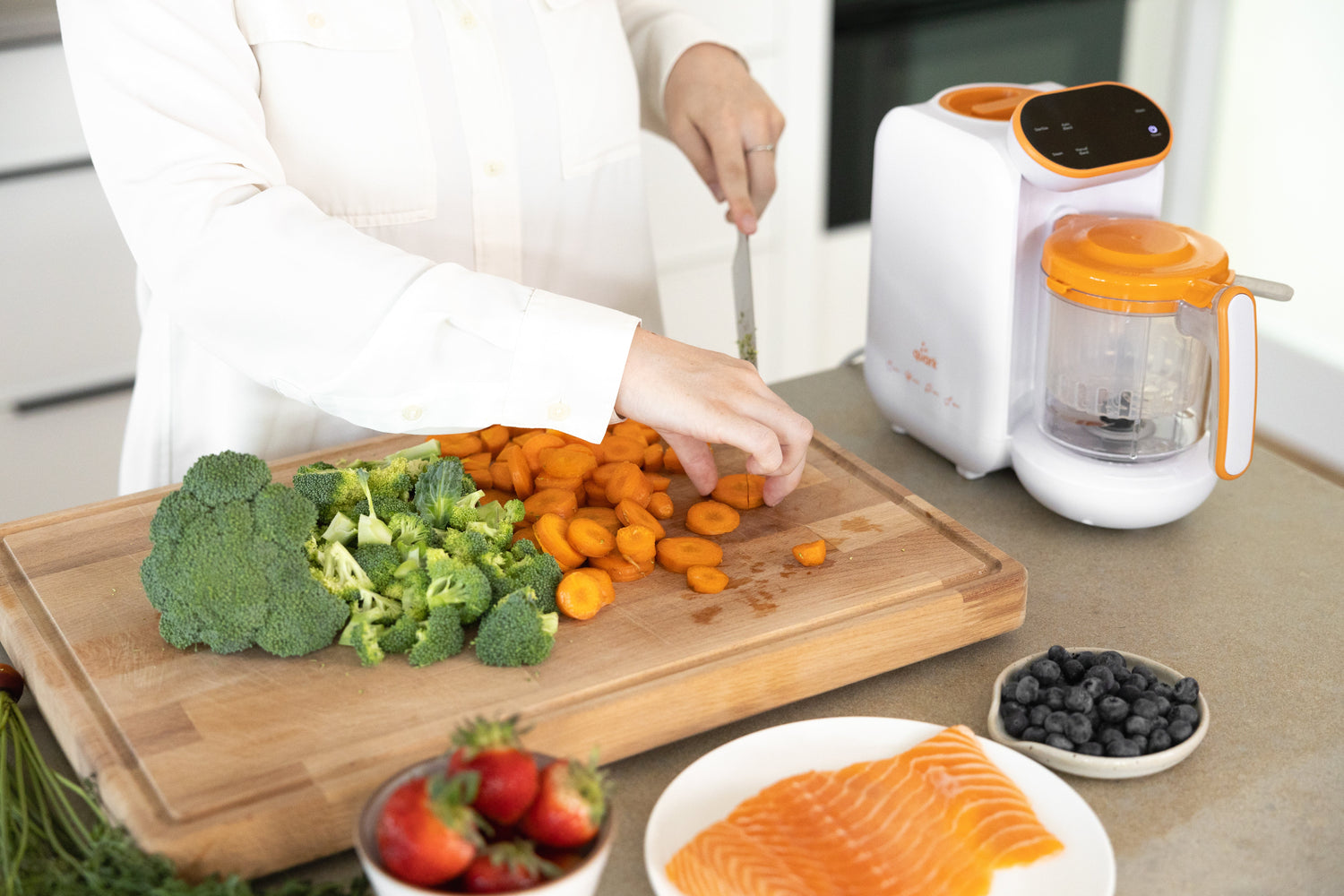


Laisser un commentaire
Tous les commentaires sont modérés avant d'être publiés.
Ce site est protégé par hCaptcha, et la Politique de confidentialité et les Conditions de service de hCaptcha s’appliquent.